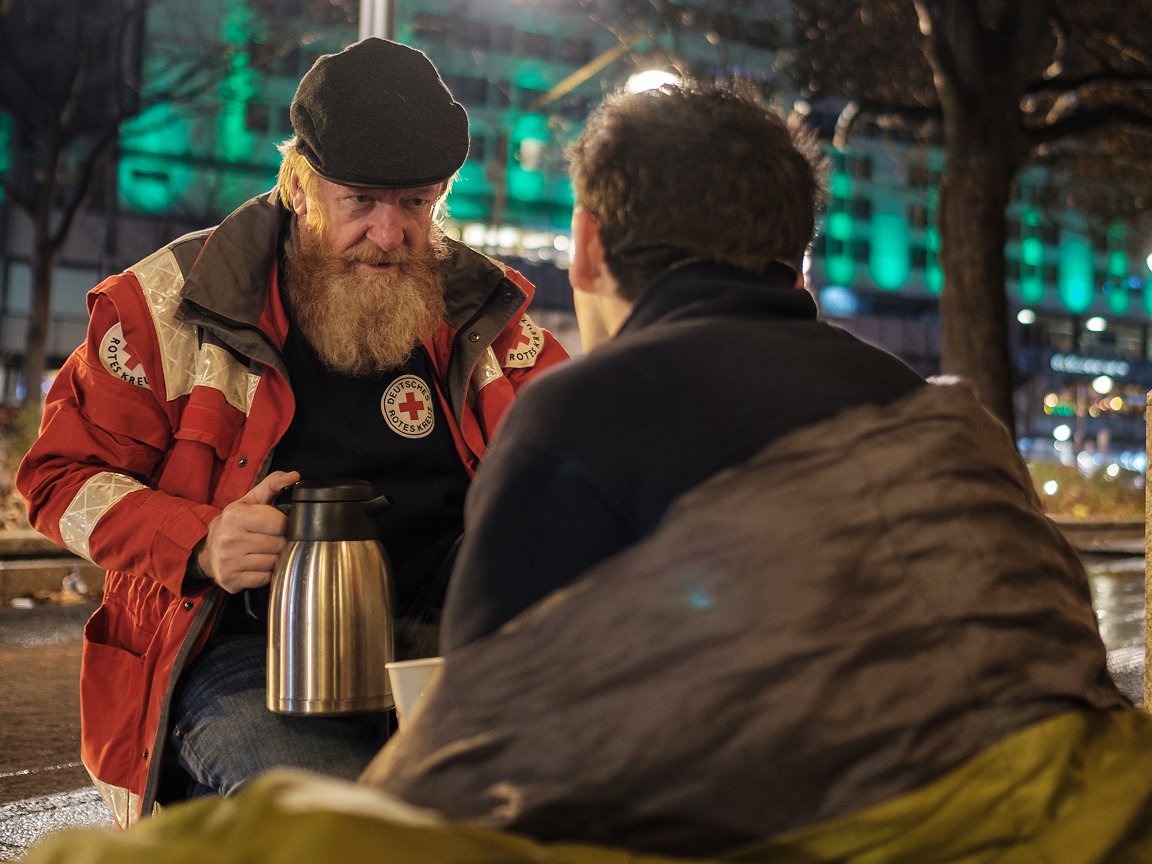
New Climate Centre briefs: How social protection addresses risks from extreme weather

Social protection (SP) can be key to protecting vulnerable groups and helping them build resilience to climate risks. Four new Climate Centre briefs, issued today, explore how existing SP systems could be expanded or modified, given adequate resources, to become more responsive to shocks.
One brief gives an overview of the different climate-related hazards that urban spaces are at risk from, and explains why SP can be effective in addressing them; a second includes three developing-country case-studies that show how SP is being used to address climate-related hazards.
In two other briefs from the high-income countries (a briefing note and case studies), we also studied how France, the UK and the US use SP elements to help vulnerable communities respond to cold waves.
However, the briefs point out that even these countries have limited provisions for providing support during heatwaves, which are predicted to increase in frequency, length and intensity with climate change.
Built assets and economic activities within urban areas and an increasing population are particularly exposed to climate events.
Urban adaptation
More variability and extreme weather present new threats that often impact the poorest people disproportionately, many of whom live in unplanned informal settlements with limited access to support.
In addition to urban adaptation and mitigation, considering urban risk reduction from an SP perspective highlights overlapping objectives: economic growth, poverty alleviation, and the management of urban risk.
SP interventions like green spaces, drainage, and the prevention of river silting, can improve the flow of river water or heavy rain, thus reducing flood risks in urban areas.
Training and workshops for communities on maintaining homes, installing flood-resilient flooring or roofing, and guarding against heatstroke can also be part of SP.
Employment schemes that allow low-income workers to diversify, receive subsidies for heating and cooling, make investments, and manage the impacts of extreme events can be useful SP components.
A number of lessons can be drawn from the experience of linking social protection with climate risk management.
Good national SP systems can reduce the dependence of governments on emergency aid and external humanitarian intervention for climate hazards.
There is also the potential to integrate climate risks into existing SP schemes by adapting design to be better informed and more evidence-based.
And most urban climate-hazards are likely to be economic, so a well-designed safety net that delivers regular cash transfers and includes vulnerable groups is key.
Winter 2018 saw an extended cold spell in much of Europe, where Red Cross volunteers were out and about helping homeless people stay alive. New Climate Centre briefs detail how France, the UK and the US use social protection to assist vulnerable communities respond to cold waves. In the photo, German Red Cross volunteer Herbert Szukalski offers hot tea to a homeless person on Berlin street. (Photo: DRK)